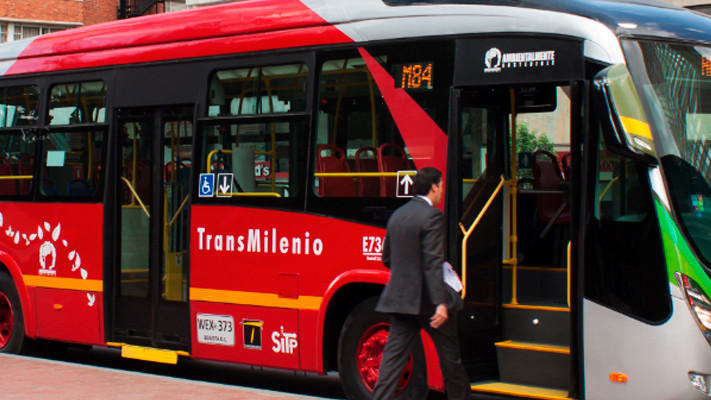
If Tesla's share price surge over the past year is any measure, all roads lead to a future of electric vehicles (EVs). Legacy automakers and their original equipment manufacturers (OEMs) are currently asking themselves how long those roads are likely to be and how quickly we'll get there.
For BorgWarner, one of the largest OEMs in North America, the answer is clear—fast. The company has said it aims to achieve 45% of total revenue from EV products and systems by 2030, a 15-fold increase. It anticipates spending US$5.5 billion on acquisitions to reach that destination, with US$3 billion worth of internal combustion-related assets liable to be put on the block to help fund its target.
Research from UBS paints a similarly bullish picture. The bank estimates that revenues from gas-guzzling car revenues will fall from US$1.77 trillion today to less than US$1.07 trillion by 2030. At the same time, it sees EV revenues growing from US$182 billion now to US$1.16 trillion, and overtaking the traditional market in the process.

Factory arming
Not everyone is quite so bullish. EVs make for great city runarounds, but they're arguably less convenient over long distances—the current charging infrastructure doesn’t really support extended road trips. This may partly explain why EV adoption is slower in the US than in more densely populated regions, like Europe.
Of course, that limitation will be less of a concern as batteries become more efficient. But that’s another problem for OEMs to solve. The rate of development of technology under the hood of EVs makes it difficult to put in place any formal production strategy.
Auto parts supplier Deshler Group recently told Mergermarket it is looking to capture the market for components required in EV assemblies through partnerships with technology companies trying to enter the space. However, it is difficult to do so with battery technology moving at its current pace.
Adding to this is the anticipated fragmentation of production. EVs are expected to flood the market but, with so many automakers playing the same game, there are likely to be shorter runs of new models as manufacturers test the market. OEMs can make easier profits producing fewer models at high volumes than the other way around.
Without question, the EV market will explode over the coming years—but capturing that growth is another matter.







